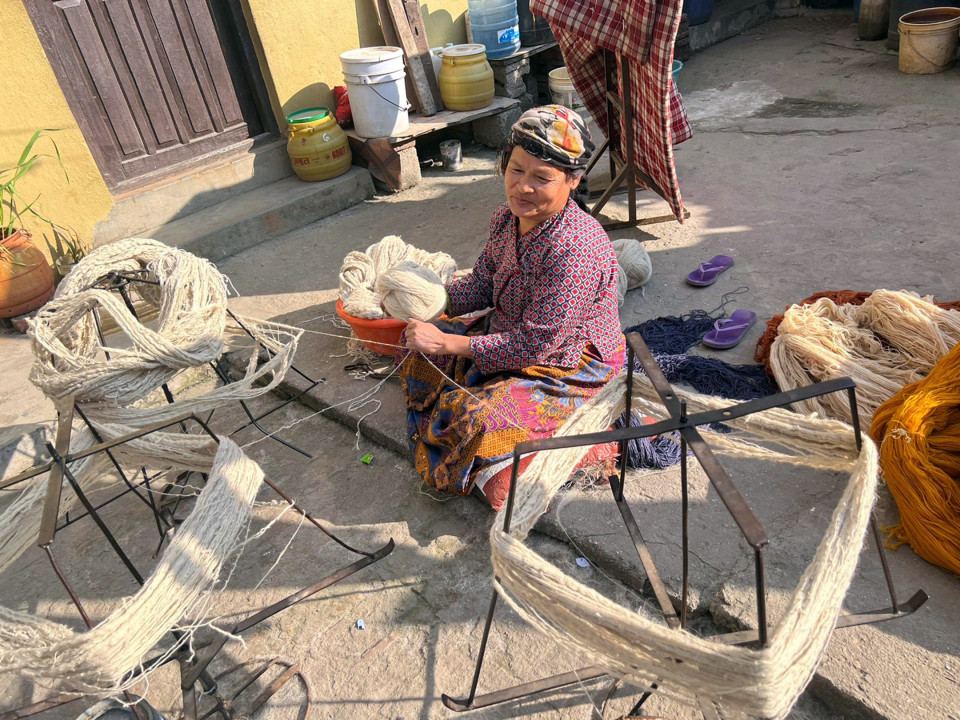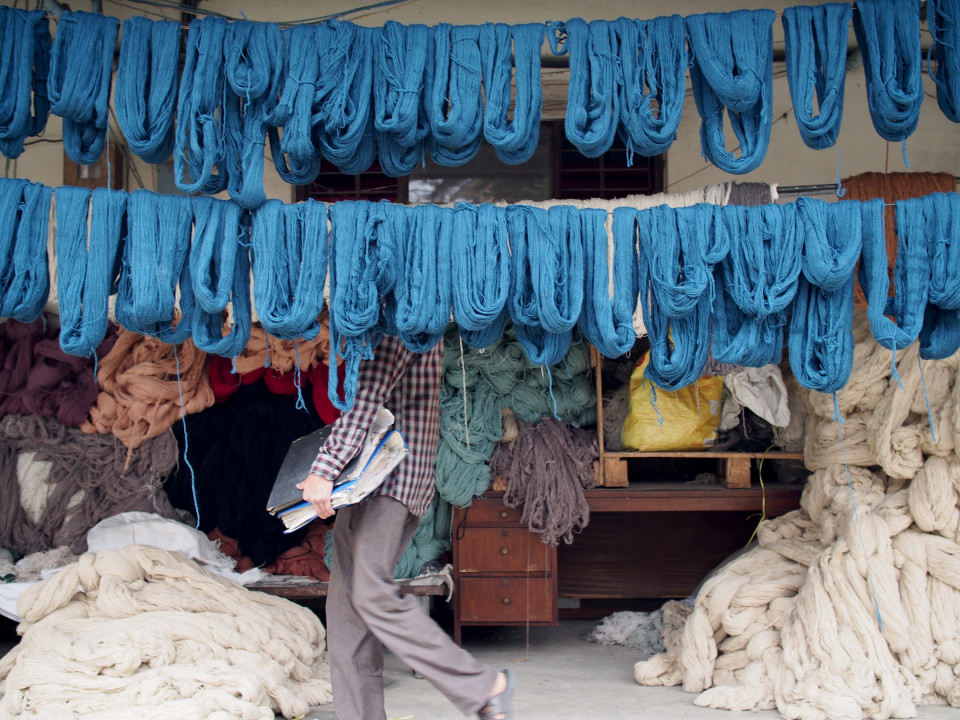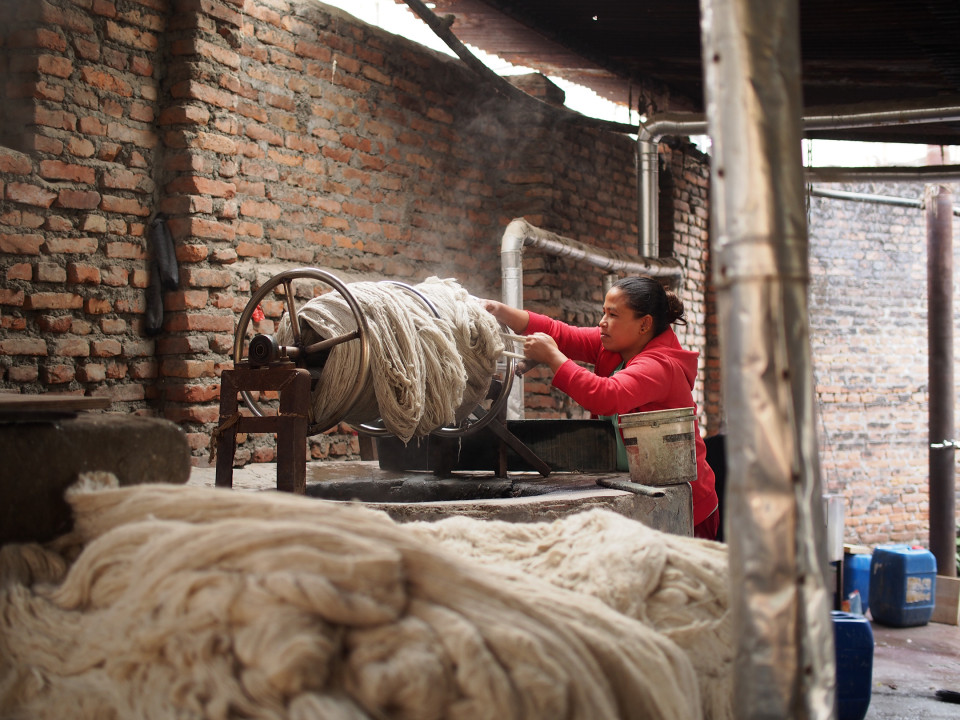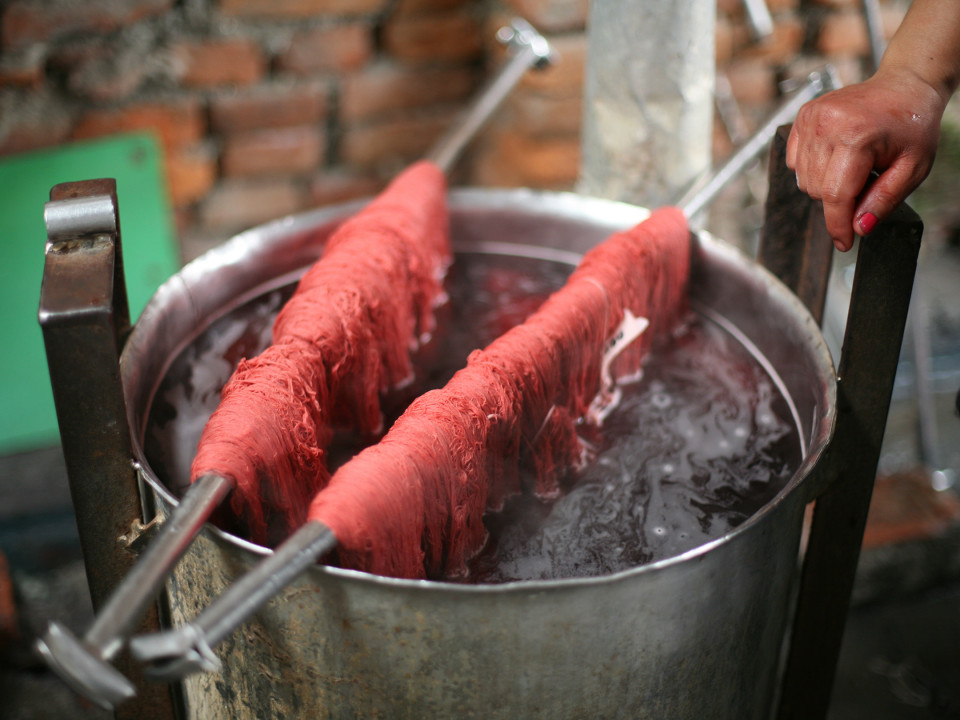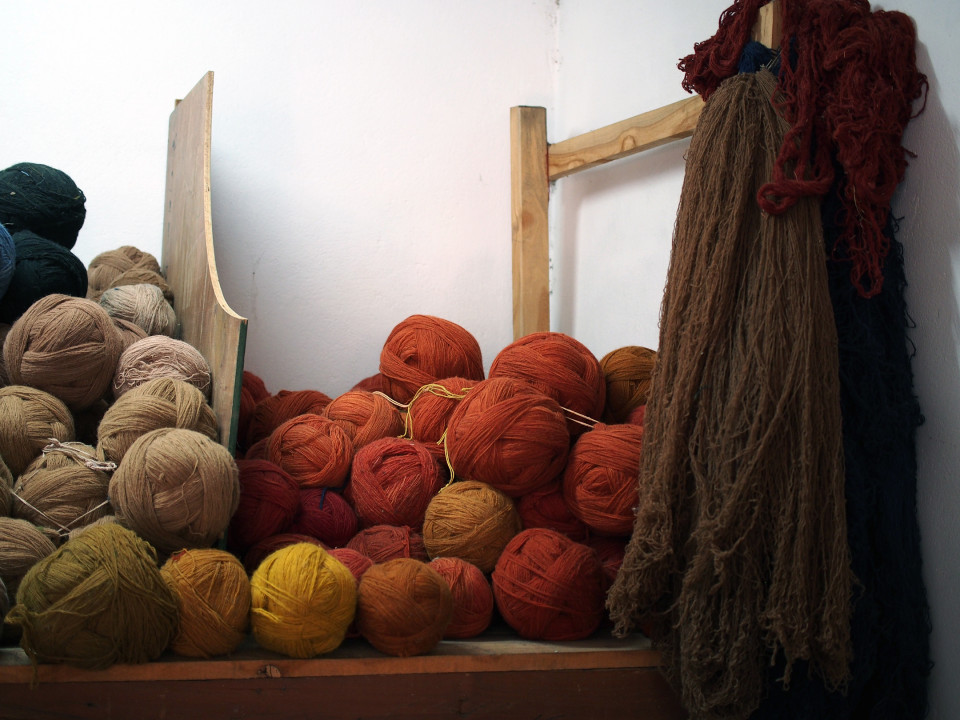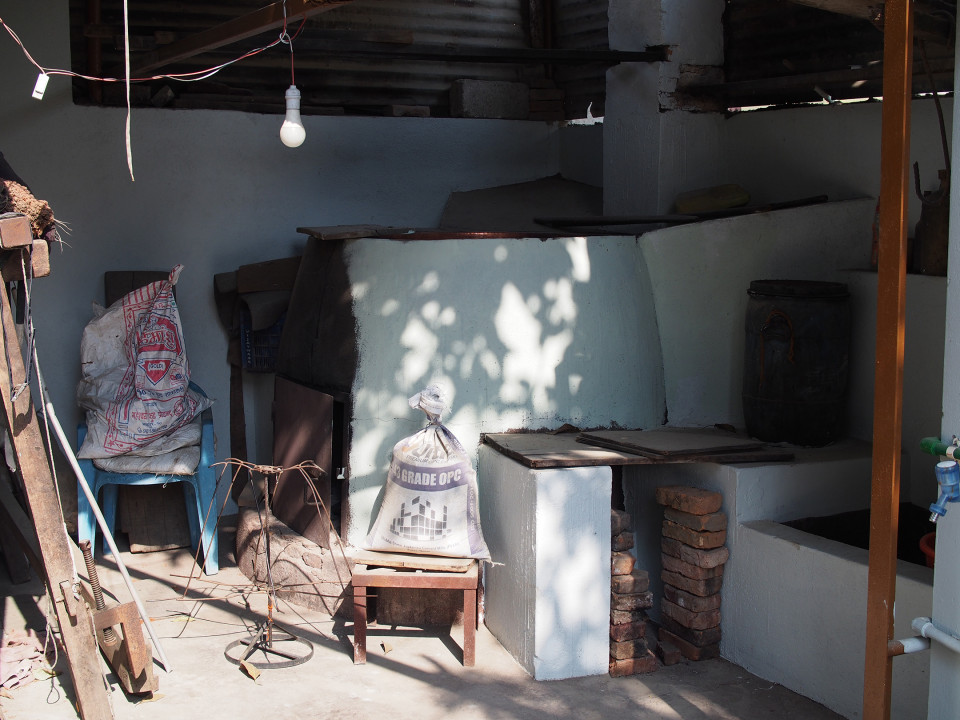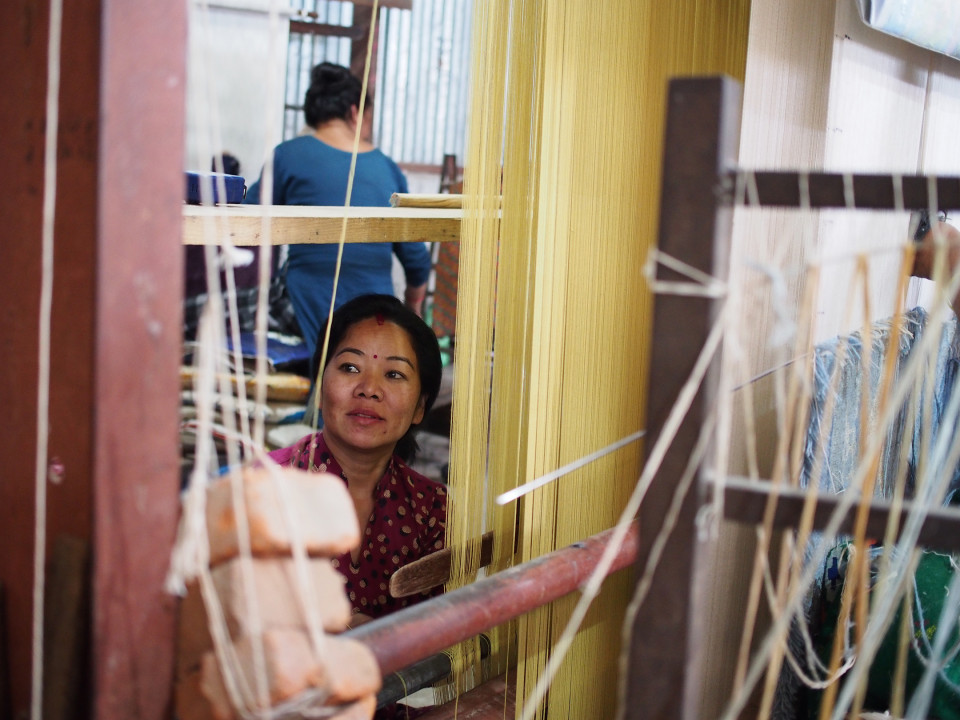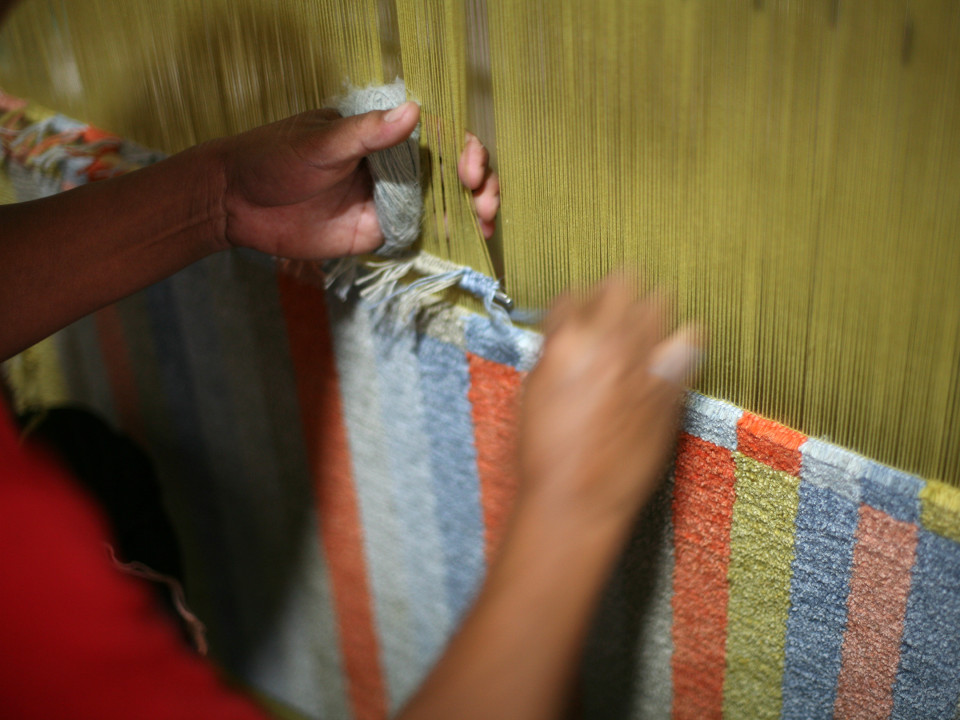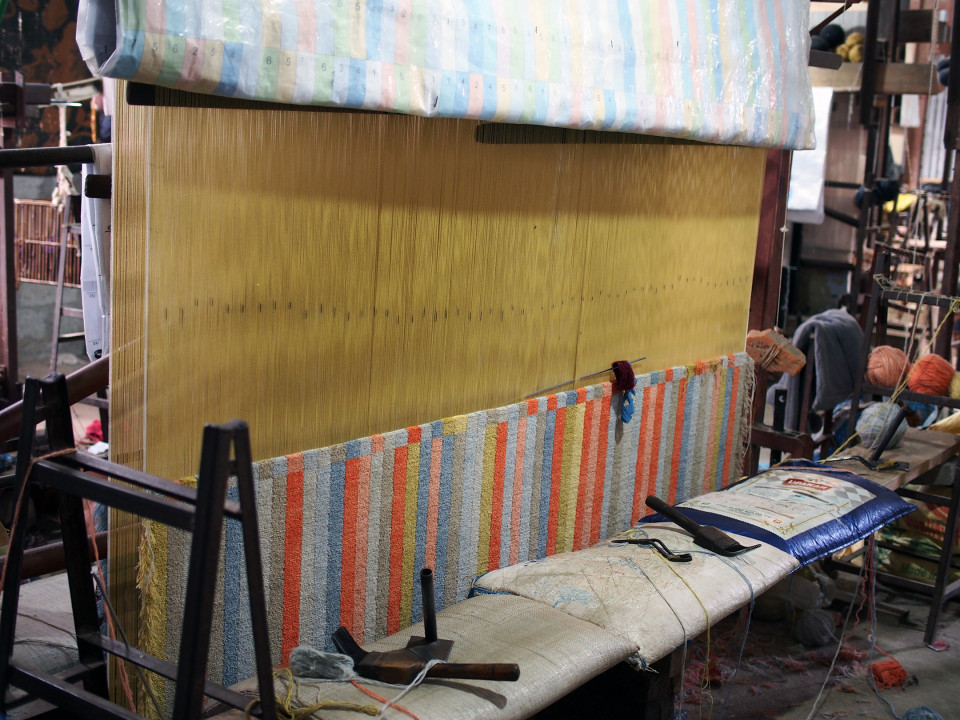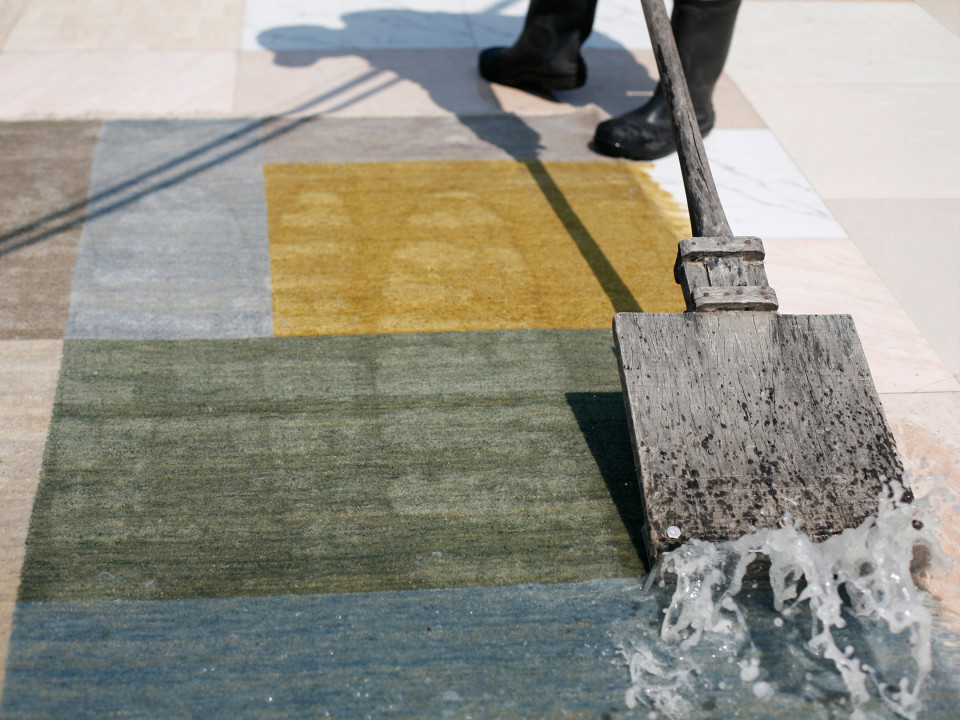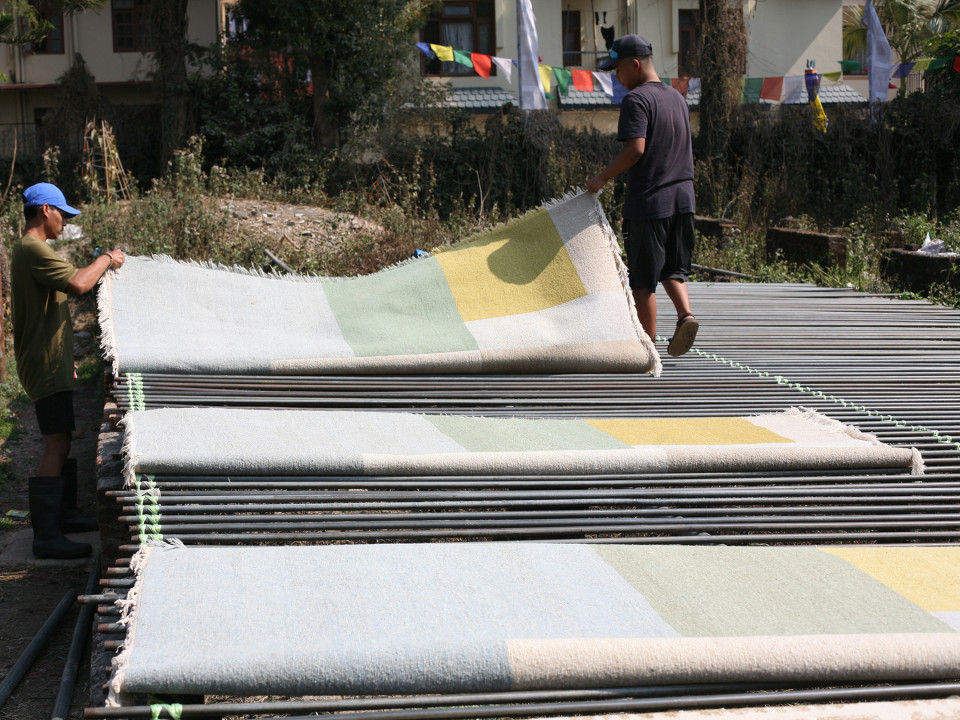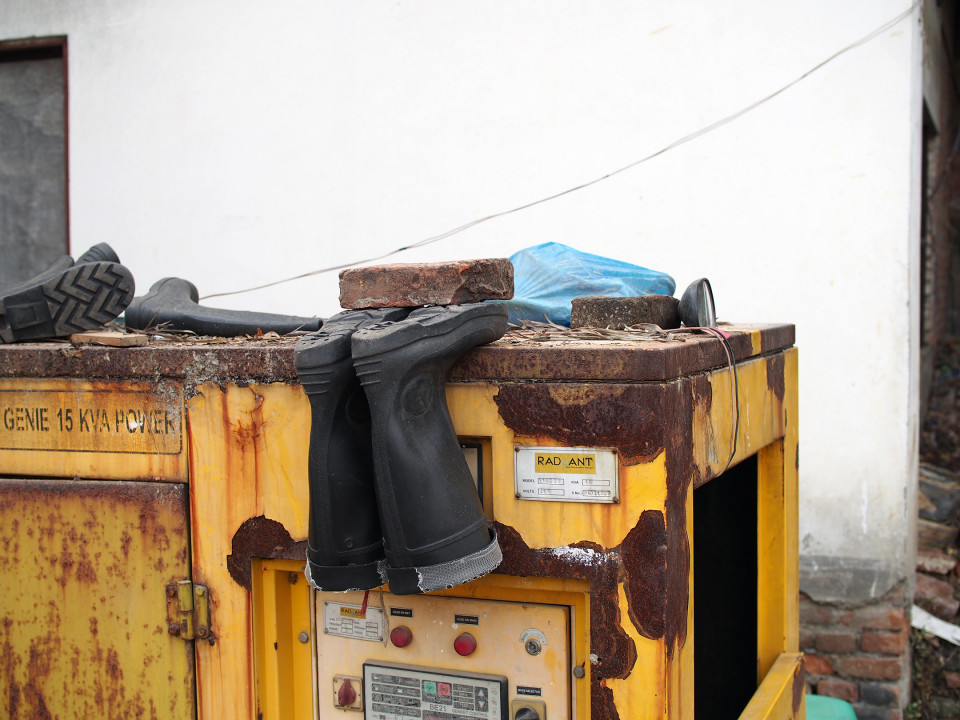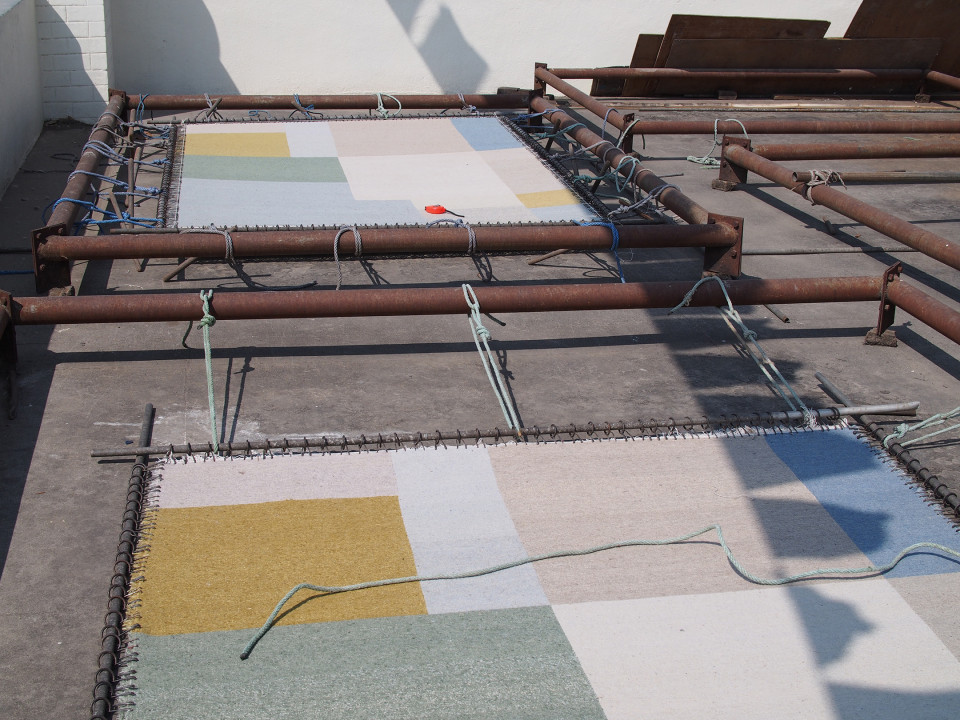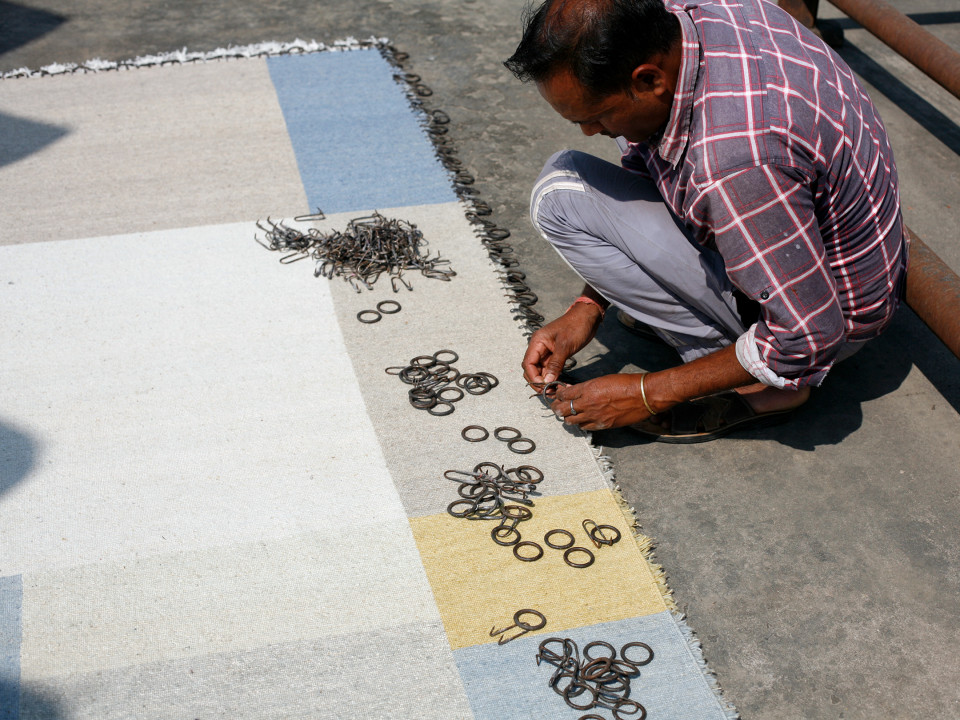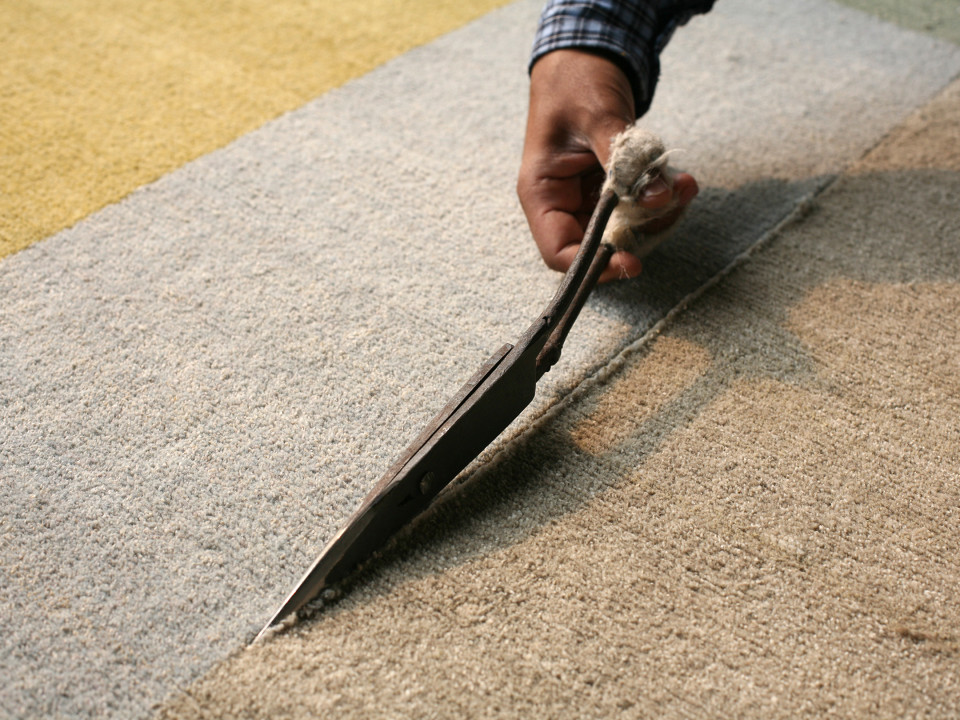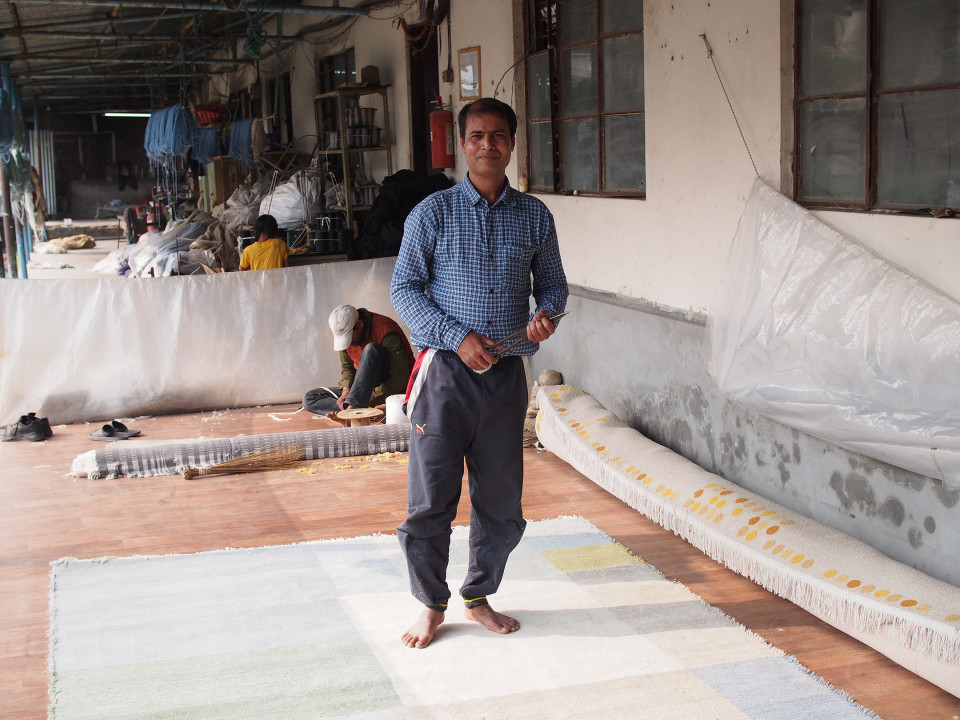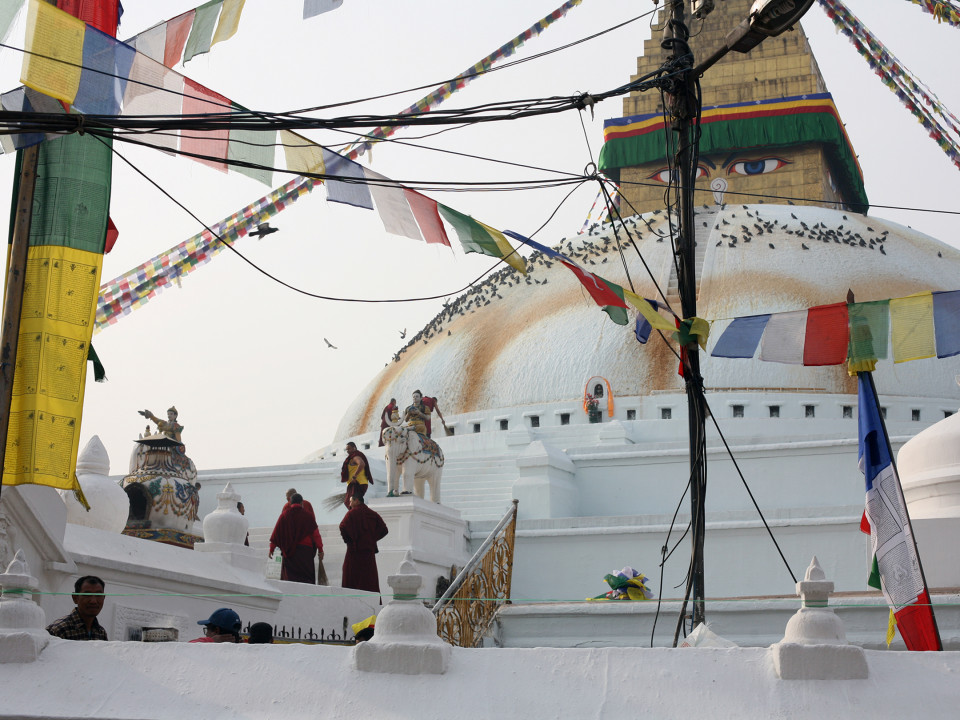Räkki Rugs stands for unique rugs in which traditional craftsmanship and high-quality materials in sustainable production meet inspiration from contemporary art.
The precious craft of carpet weaving is an old art practiced by only a few manufactories. The lengthy process of carpet production is continued in pure manual work. The production consists of the following phases: shearing, spinning, dyeing, weaving and knotting through to the finishing and final washing of every carpet.
The wool used in our rugs comes from Tibetan highland sheep. The Tibetan highland wool is one of the best varieties in the world.
This is due to the high fat content in the material, also known as lanolin.
The sheep are exposed to the harsh climate of the Himalayan mountains and therefore produce significantly more fat than sheep that live in lower regions.
The wool is carded and spun by hand.
